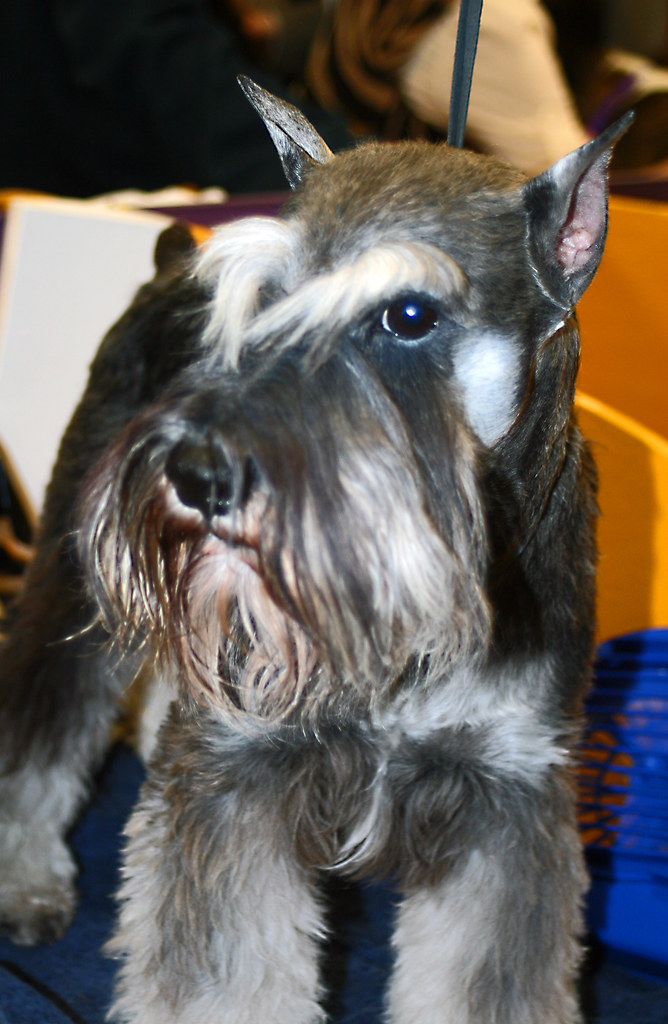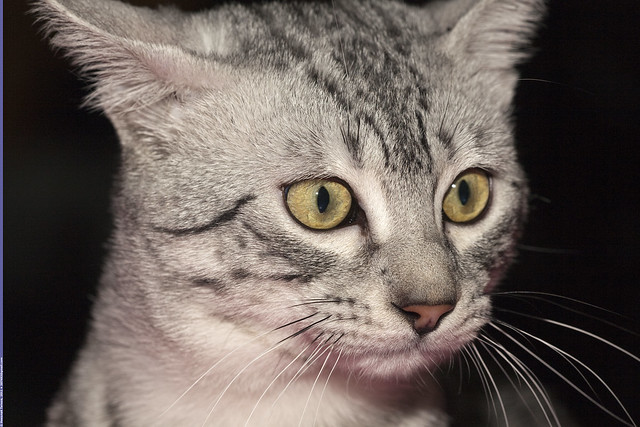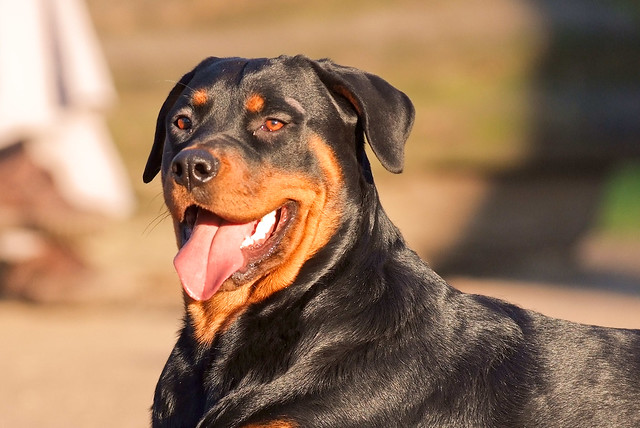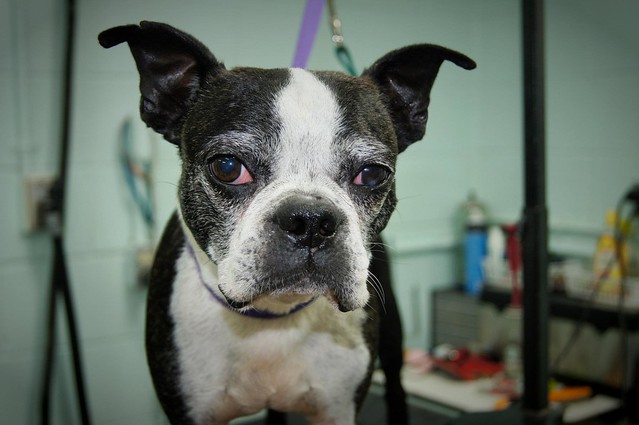People love their poodles! A very popular but often misunderstood breed of dog, the poodle has been with us for centuries. Artifacts from ancient Egypt and Rome have been found bearing the images of poodles engaged in such activities as herding animals, retrieving game animals (small game animals, of course – especially birds), and assisting the dragging of game nets. In fact, the intentional breeding of various sized poodles (the American Kennel Club or AKC recognizes three sizes of poodles – Standard, Miniature, and Toy – which are all considered to be the same breed) likely dates back hundreds of years as opposed to other types of dogs which were bred this way only recently. Suffice to say that there have been oodles of poodles roaming the Earth for a very long time.
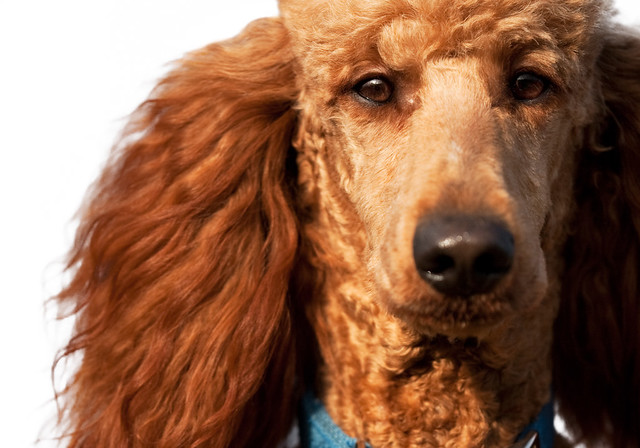 |
| Poodle - Photo by greg westfall. |
Defining the Poodles’ Sizes
The three sizes of poodle have distinct definitions according to the AKC. For purposes of competition in dog shows, the different sizes are determined by the poodle’s height at the shoulder. Standard poodles are defined by being taller than fifteen inches at the shoulder. Miniature poodles must stand no more than fifteen inches but more than ten inches at the shoulder, and Toy poodles must be ten inches or less. Recently breeders have been offering Teacup poodles as well. While the AKC does not recognize the Teacup distinction, most breeders consider a poodle that stands eight inches or less at the shoulder when full grown to be a Teacup poodle. Teacup poodles are proving to be very popular and fetch some of the higher prices for poodle pups.
Poodle Popularity
The popularity of poodles is particularly due to a plethora of pleasant attributes in poodle personalities. Poodles are proud dogs and usually very active. It is said that the poodle carries an air of regal dignity unseen in other breeds of dog. Some poodles, however, can be exceptionally shy while others may be very cross creatures. These are the exception rather than the rule. Generally speaking, pet poodles please people.
Primping the Poodle
Poodle grooming is nearly an art form and there are four generally accepted styles used for show poodles. These are called “show quality clips” and generally include shaping the poodle’s coat to exact specifications in some areas while completely shaving other areas. These four show quality poodle cuts are the Puppy Show Clip, English Saddle Clip, Continental Clip, and Sporting Clip. In addition to these there are five common “pet quality” poodle clips that are employed with non-show dogs. They are known as the Kennel Clip, Dutch Clip (there are two styles of Dutch clip), Bikini Clip, and Puppy Pet Clip.
For those thinking about becoming poodle owners, the AKC has plenty of information on what to look for in a purebred poodle. The can help potential poodle procurers avoid unnecessary poodle pitfalls and start on the road to a long and happy relationship of poodle puppy love.



